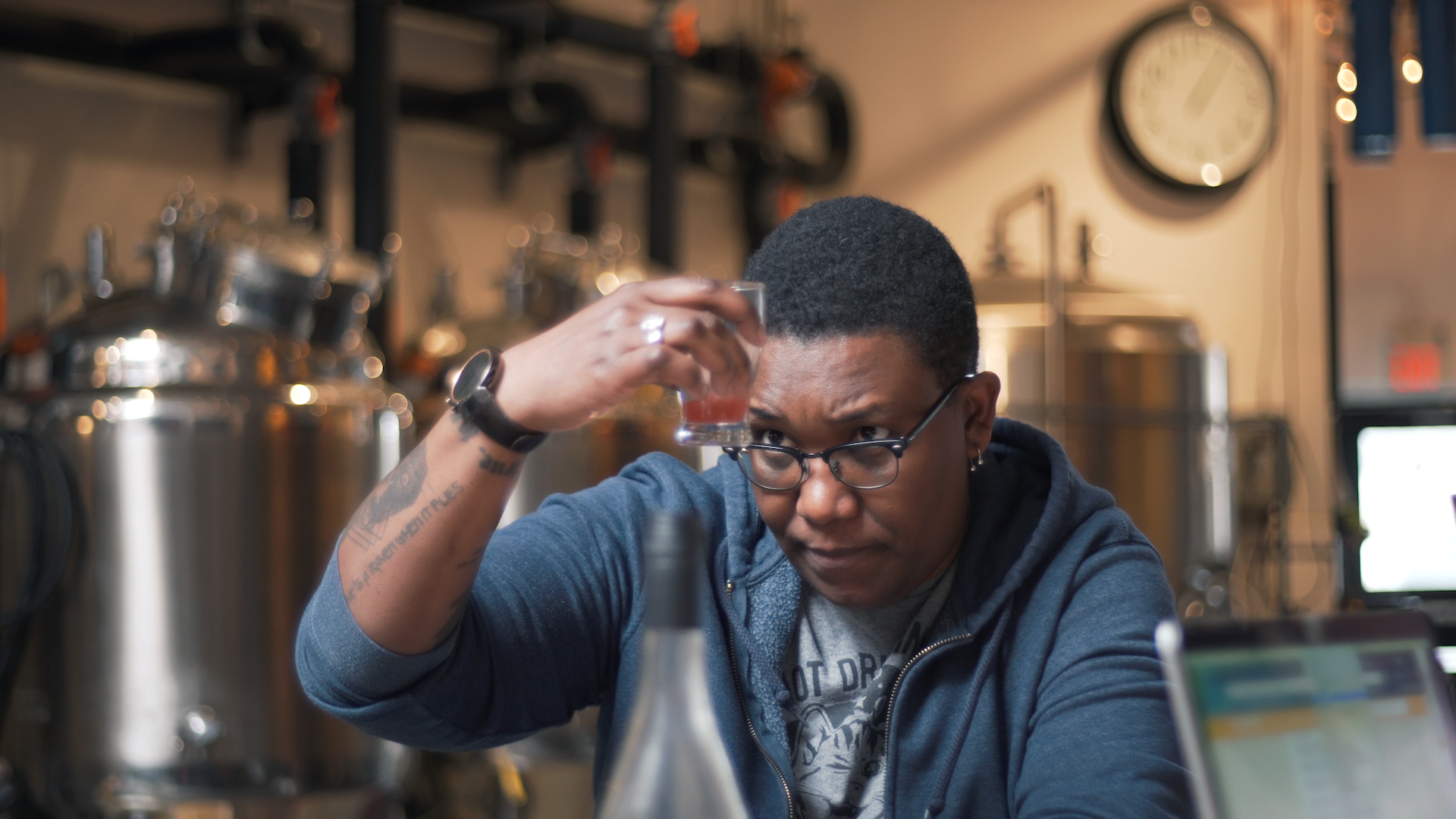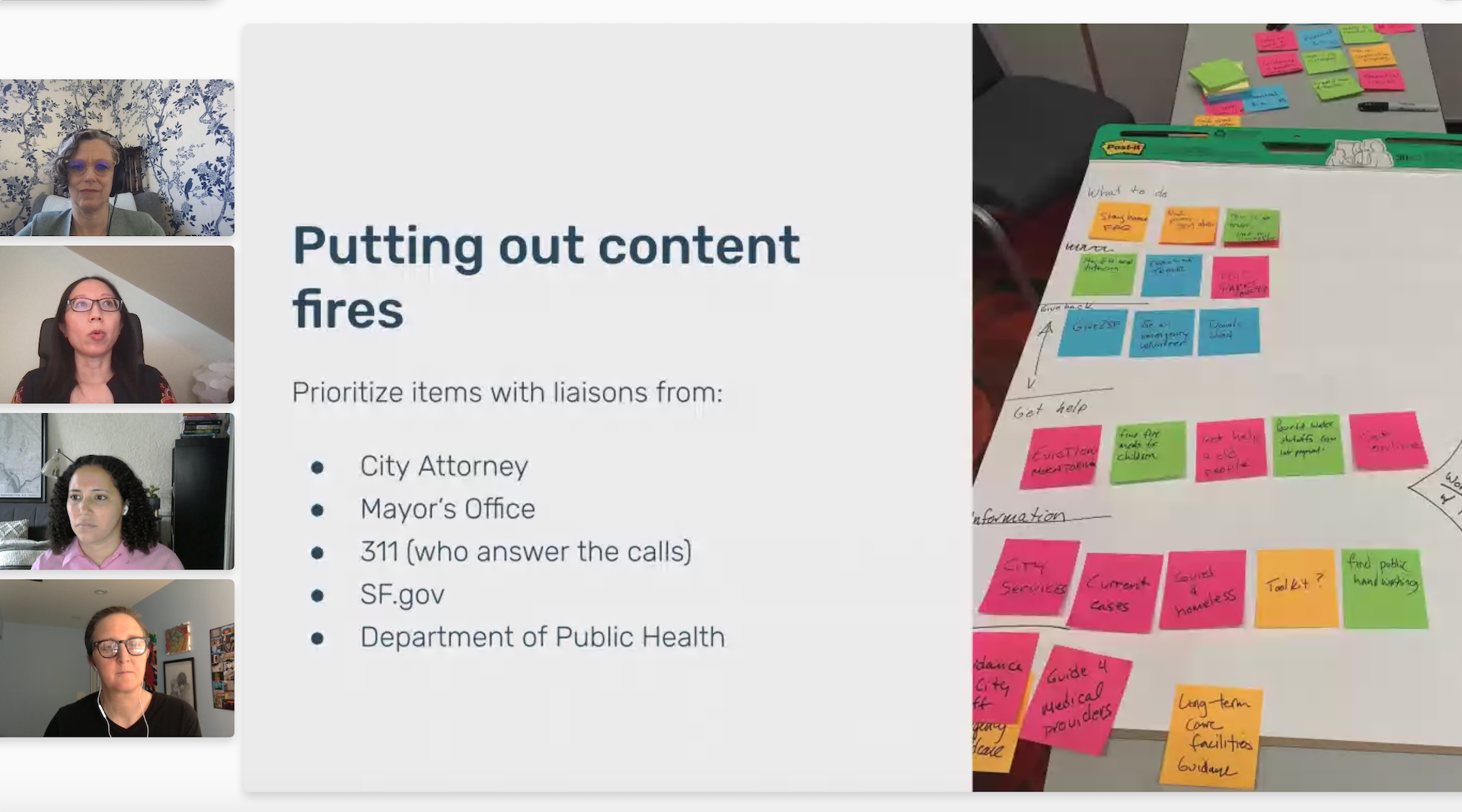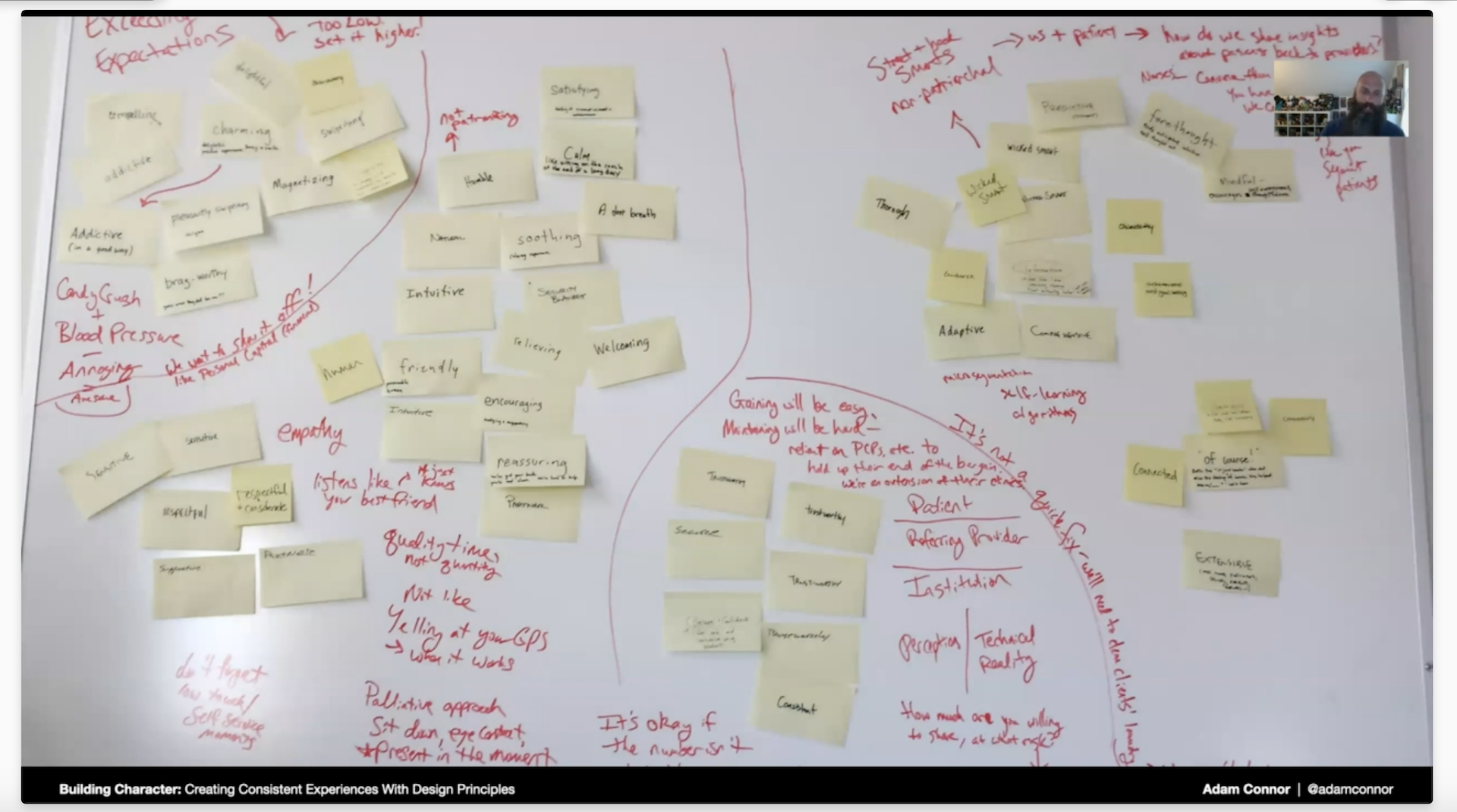If you’re an organization that’s trying to diversify your workforce and can’t figure out why underrepresented groups aren’t responding to your job posts, the language you’re using is likely to blame.
If your job post asks for, say, three years of experience, women in general will make sure they have at least that, people in racialized or marginalized groups will make sure they have at least double, and white guys will apply if they have half that, Ren Navarro said during a talk at Fluxible 2021. It’s a problem the Beer. Diversity. founder has seen before in the beer industry. Navarro, who’s a diversity educator and has recently launched an app to train breweries on how to be more inclusive, spoke at Fluxible 2021 about how organizations could design a better approach to diversity.
“Think about that. What’s your ‘must have’, what’s your ‘nice to have’, and what’s your wish list of, ‘If this person had it, they could just start?’ ” said Navarro.
Designing an organization with inclusion in mind isn’t a one-and-done. There’s no checklist, but there are starting points, said Navarro. If you already have a workplace that includes underrepresented groups, that’s great, she said. But dig a bit deeper: Do people feel safe to speak out?
“It’s not enough to say, ‘We’re a safe space, we’re allies’. You can’t call yourself an ally, someone else has to bestow that upon you. And they can also take it away,” said Navarro.
Designing inclusive organizations doesn’t have to be hard. But you can’t start with hiring. Start with being honest and clear about your values and articulate them so that you can be held accountable, said Navarro.
And those values? They shouldn’t be shallow, or magically appear to align with a month, such as Pride in June.
Navarro said places that are changing their logos to reflect the Pride flag during June, should ask themselves what they’re doing the other 11 months of the year. Are they talking about partnerships with LGBTQ+ communities? Are they talking about collaborations that don’t just go for that one period? Are they talking about learning?
“Yes you can jump on the bandwagon for the month, but when the month ends what next? Because I'll tell you now the LGBTQ+ community does not trust companies right now,” said Navarro. “At the end of May things are starting to get a little more gay, and then toward the end of June, it's going to hype up to these crazy amounts. But then we're going to hit July, and companies are going to be like, ‘New phone, who dis?’ ”
It’s the same with Black History Month, International Women’s Day, and International Women’s History Month, she said. Organizations change their logos, but they’re just holding up a facade, she said. That’s not going to get you more representation in your workplace or with your clients, she added.
“You can pretend to be a nice person but eventually you will crack,” said Navarro. “And so do things that are real for you.”
Rather than change a logo for a month, companies should take the time to explain who they are, what they believe in, and create safe spaces, said Navarro.
We overcomplicate things, she said, when really it’s just about being honest and clear.
“So think outside of that box, in terms of how you want to design things. And how you want to talk to people. And how you want to present it. Because it doesn't have to be these giant moments,” said Navarro.
If enough people do little things, the changes will be massive, she said. Maybe that’s adding your pronouns to an email, or taking a free course on what to do as a bystander.
An organization’s approach to diversity and inclusion should be like the one designers take with their work: Design, get feedback, tweak, and improve.





